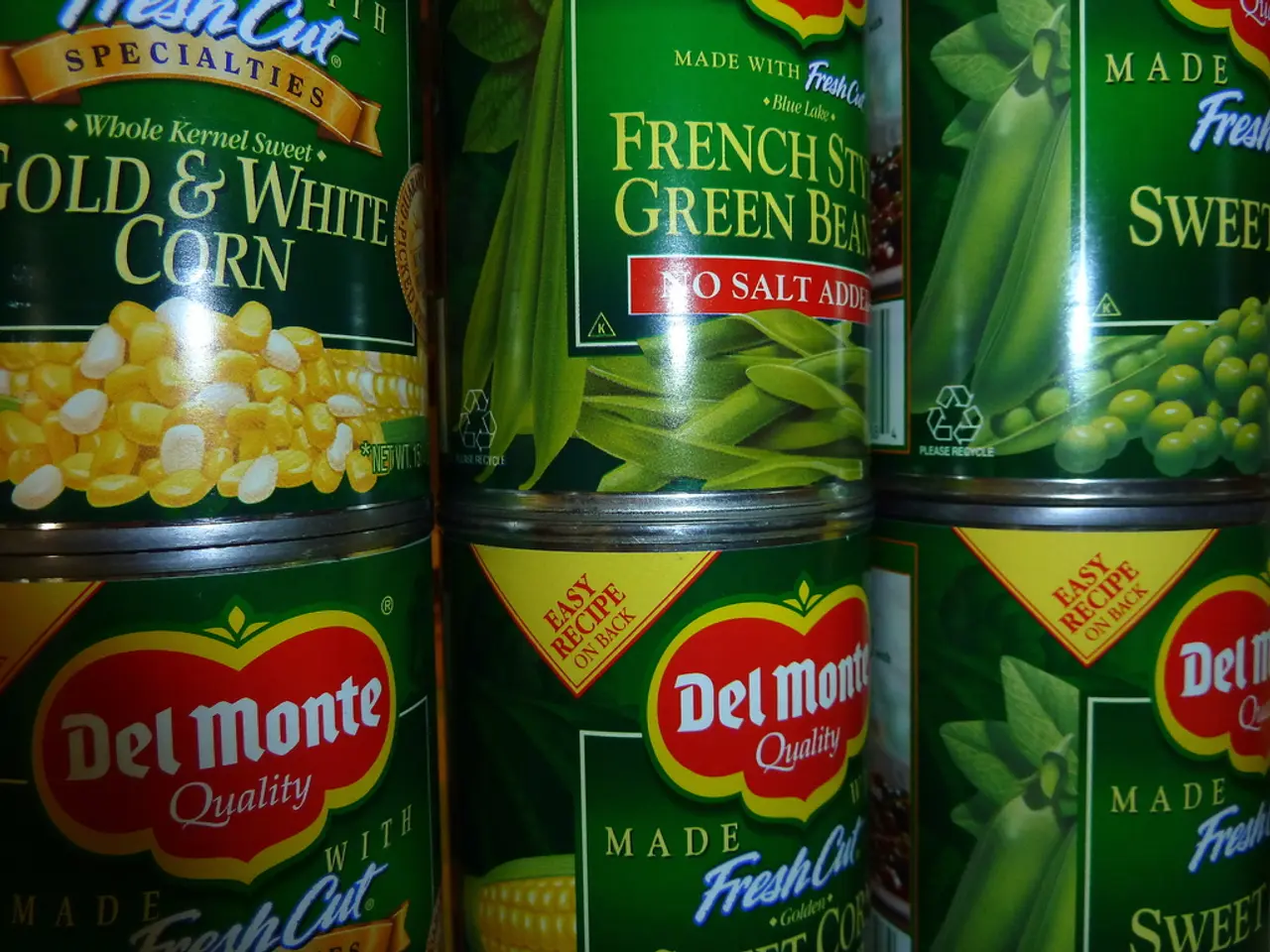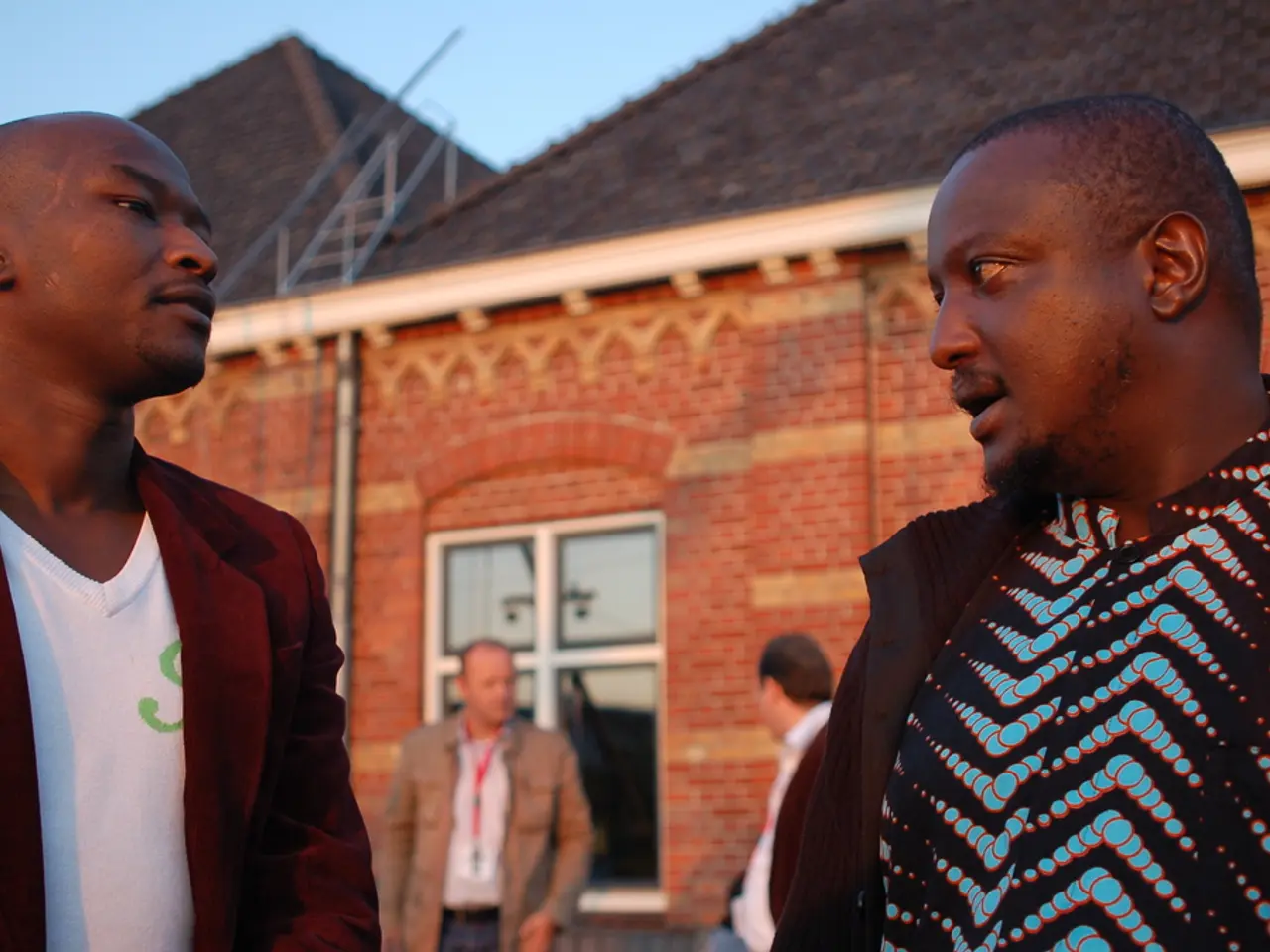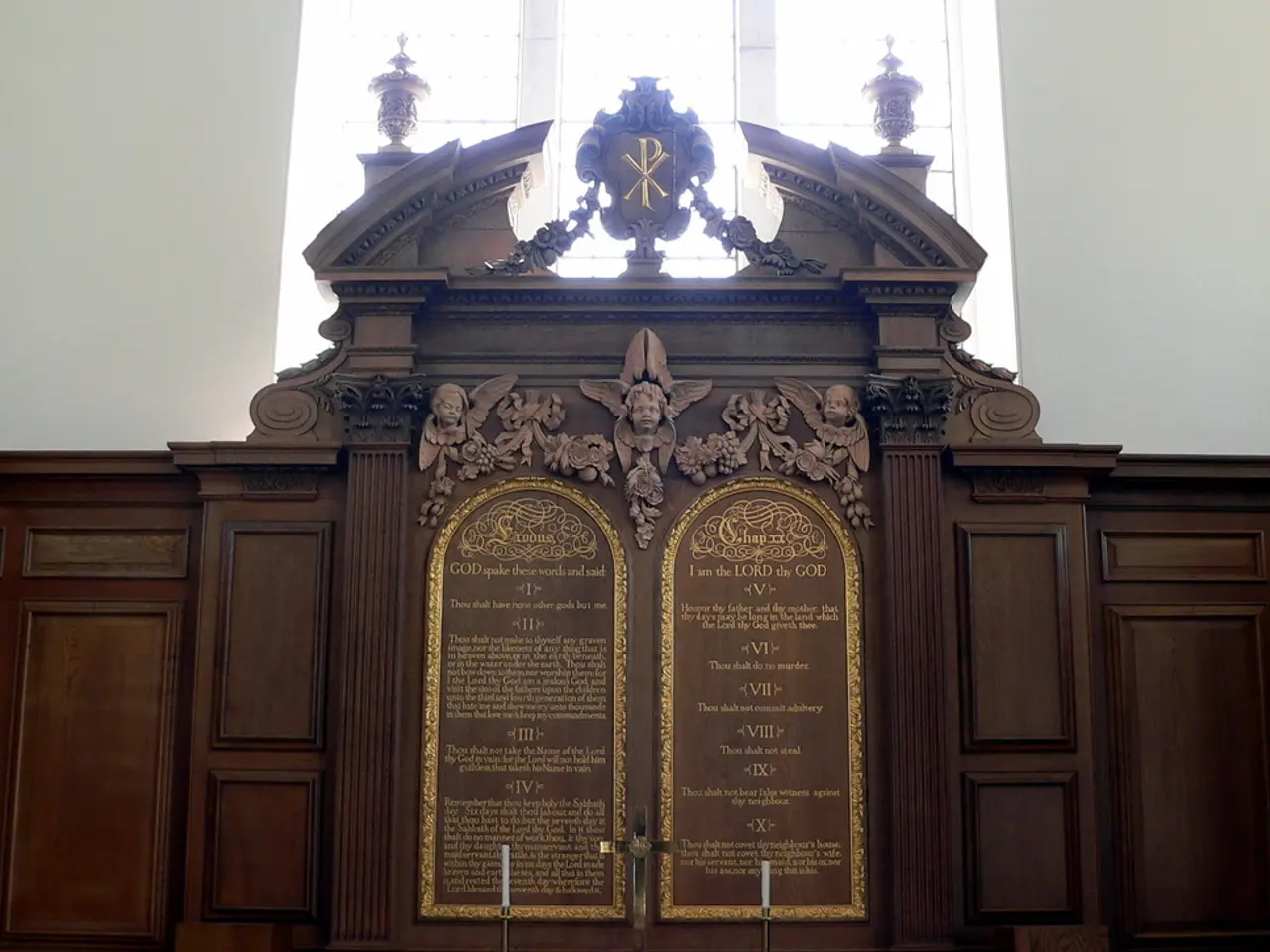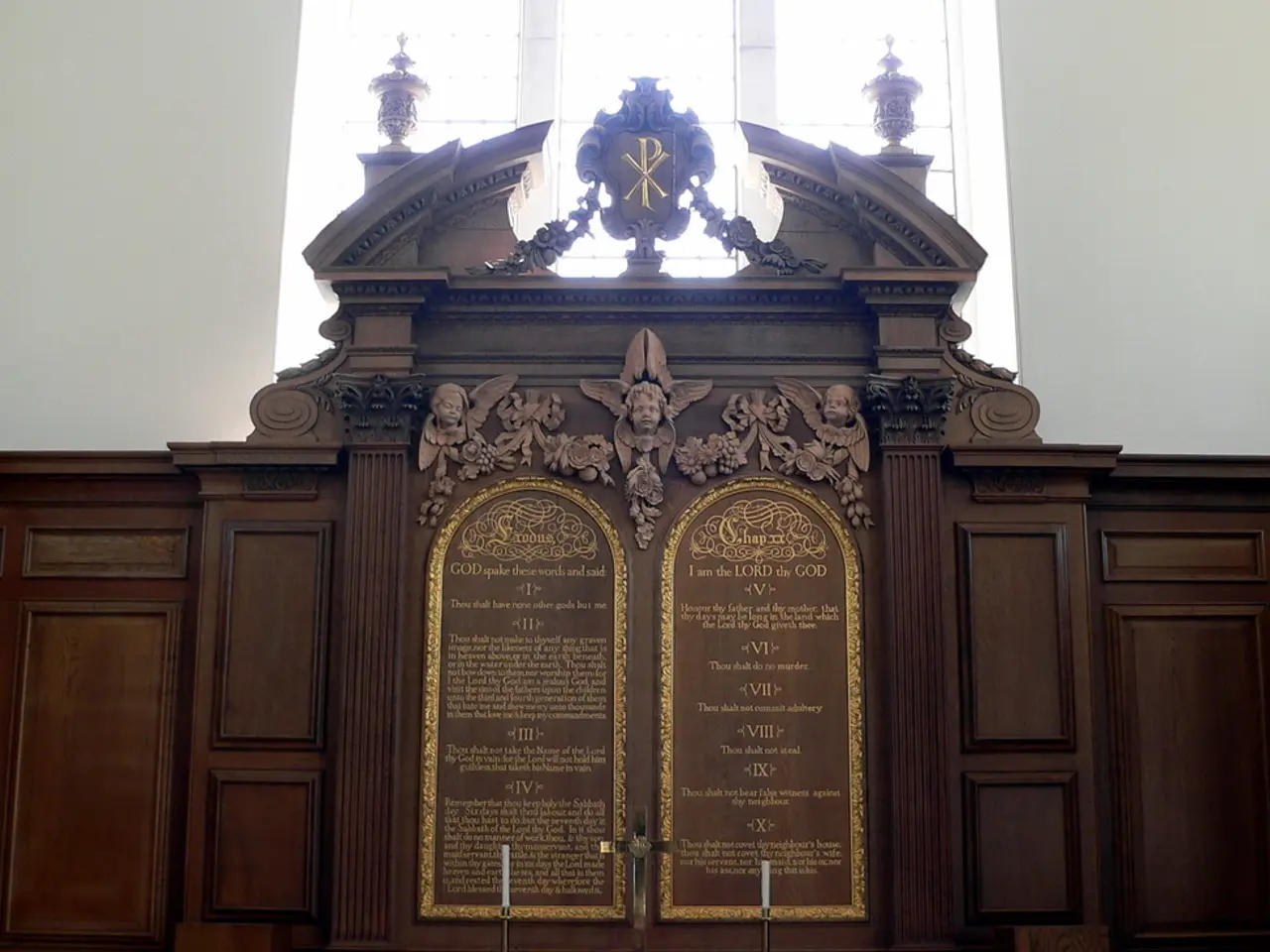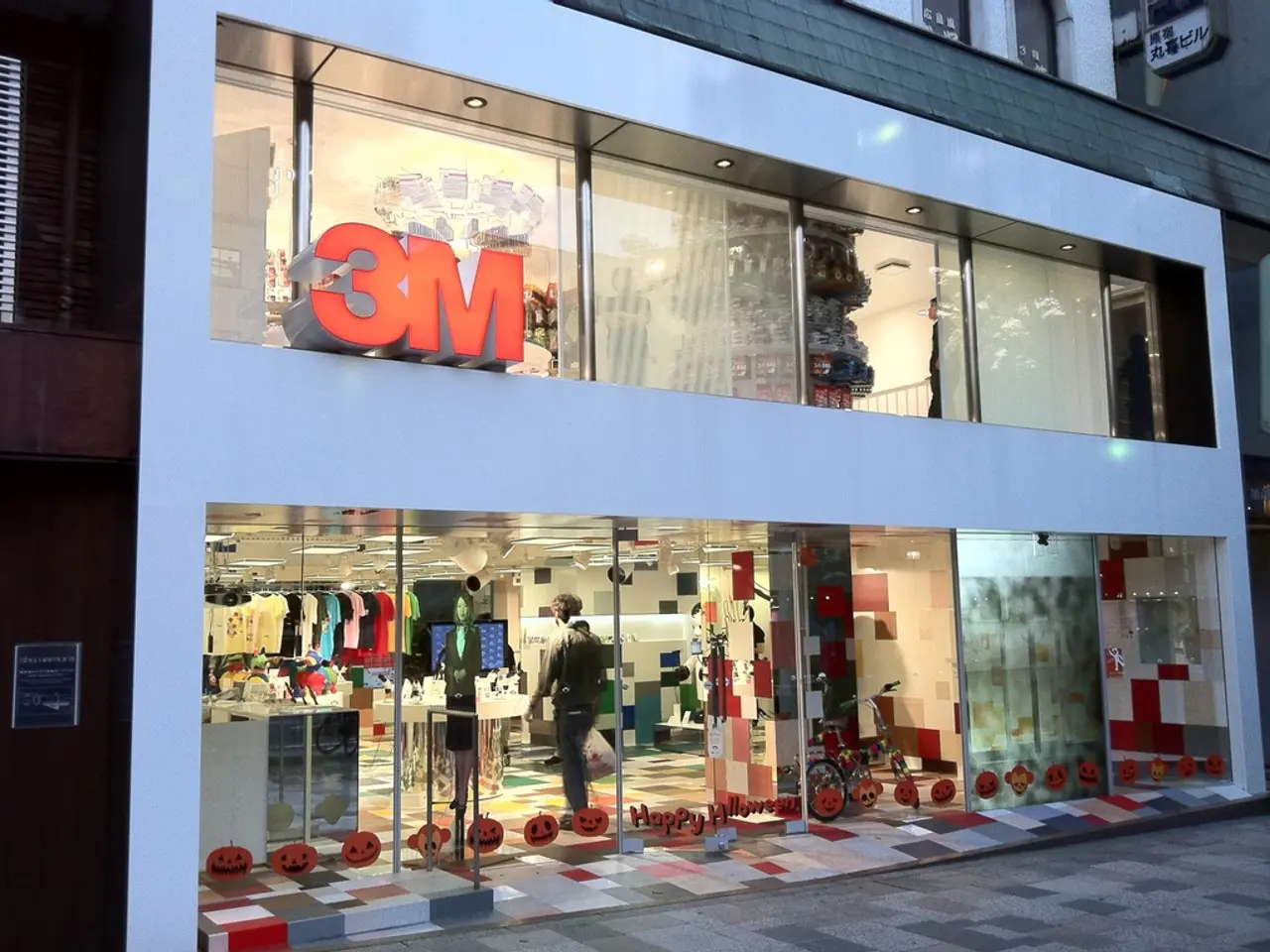Tussle between Romanian oligarch and royalty over ownership of El Greco artwork
El Greco’s painting of Saint Sebastian is currently owned by Russian billionaire Dmitry Rybolovlev. The artwork, a 17th-century masterpiece, is valued between US$7 million and US$9 million but remains unsold and stranded at Christie’s auction house in New York due to ongoing legal disputes.
The painting was intended to be auctioned at Christie's earlier this year, but the event was cancelled due to legal claims by the Romanian government. At the heart of the dispute are three main parties: the Romanian state, a disputed Romanian prince, Prince Paul, and Dmitry Rybolovlev.
The Romanian state claims the painting legally belongs to Romania’s royal art collection. They argue it was unlawfully removed from the country in 1947 when King Michael I, under pressure from the Soviet-backed communist government, took it out as part of his departure to avoid confiscation.
Prince Paul, who claims the painting as part of his family heritage, suggests it was stolen from his father (a previous member of the royal family) by the communists. Despite not being acknowledged as part of the royal family, Prince Paul holds British, French, and Romanian citizenship and has taken refuge in France to avoid justice in his home country.
Dmitry Rybolovlev, on the other hand, bought the painting in 2010 through his company Accent Delight. His side contends that King Michael was authorized by the communist regime to take the painting with him quietly as part of a deal to abdicate peacefully and avoid unrest, thus implying legal ownership passed through this chain.
Because of these conflicting claims—national cultural heritage, family inheritance, and private purchase—the painting cannot be auctioned or moved until the court resolves the matter. Romanian officials have emphasized that any sale before a legal decision would cause "irreparable harm" to Romania’s cultural legacy.
The Romanian government has sued a company through which Rybolovlev acquired the painting, alleging the firm did not act in good faith. Meanwhile, Prince Paul of Romania has contested a third claim to the painting in the New York courts.
The painting's history is not without intrigue. It was loaded onto the Orient Express and hidden in Zurich bank vaults by Michael I. After changing hands several times, it was eventually sold to French art dealer Daniel Wildenstein in 1975. The former Romanian king Michael I took the El Greco painting with him to attend Queen Elizabeth II’s wedding in 1947.
The Romanian government has attempted in the past to recover Saint Sebastian from the royal art collection, but efforts have been unsuccessful. Romanian Prime Minister Marcel Ciolacu has written a letter to the New York court expressing concern about the potential sale of the painting before the country’s ownership claims can be adjudicated.
In summary, Dmitry Rybolovlev currently owns the Saint Sebastian painting, but its ownership is fiercely contested by the Romanian state and a Romanian prince due to the painting’s removal during the communist era and questions about the legitimacy of its export and sale. The painting's future remains uncertain as the legal battles continue.
- The legal disputes surrounding the ownership of El Greco's Saint Sebastian painting have prevented it from being sold, with the Romanian state and a Romanian prince claiming it as a national cultural heritage and a family inheritance respectively.
- Despite Dmitry Rybolovlev's ownership of the painting, its history and the conflicting claims about its legitimacy have kept it stranded at Christie's auction house in New York, causing concerns for Romanian officials and potential irreparable harm to Romania’s cultural legacy.

